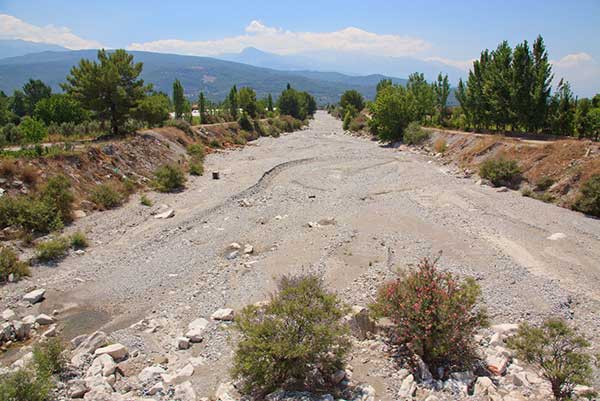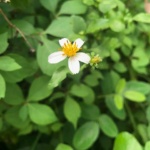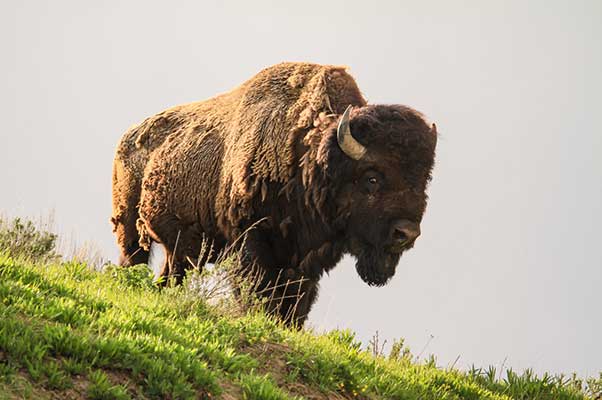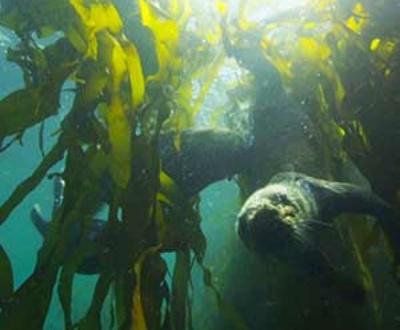How can it be October! The year just raced by. As I write this Sept 12, we’ve been extremely lucky with the weather. Maybe a little hotter than usual, a little less rain maybe but no big storms while the rest of the US and the globe get slammed.
Man, It’s Everywhere
 The headlines from the US and around the globe are downright scary. “Five 1,000 Year rain events have struck the US in five weeks.”(Washington Post 8/23) Dallas-Fort Worth, Kentucky, St Louis, eastern Illinois and Death Valley, California all got hit. And Then there was the flooding in Yellowstone and Montana before that. What is happening? The explanation boils down to basic physics. For every degree Fahrenheit that the air temperature increases, the atmosphere can hold 4% more water. But this is combined with extreme drought. In roughly 44% of the American west, they are saying it’s the driest in 1200 years. Which of course feeds forest fires as well.
The headlines from the US and around the globe are downright scary. “Five 1,000 Year rain events have struck the US in five weeks.”(Washington Post 8/23) Dallas-Fort Worth, Kentucky, St Louis, eastern Illinois and Death Valley, California all got hit. And Then there was the flooding in Yellowstone and Montana before that. What is happening? The explanation boils down to basic physics. For every degree Fahrenheit that the air temperature increases, the atmosphere can hold 4% more water. But this is combined with extreme drought. In roughly 44% of the American west, they are saying it’s the driest in 1200 years. Which of course feeds forest fires as well.
But it’s not just us—“Torrential rain slammed the west and north of New Zealand’s South Island, forcing hundreds to evacuate their homes” (Reuters 8/18) “Rivers across the the globe is disappearing. From the US to Italy to China, waters have receded, leaving nothing but barren banks of silt and oozing sand. Canals are empty. Reservoirs have turned to dust. Losing waterways means serious risk to shipping routes, agriculture, energy supplies, and even drinking water.” (Bloomberg 8/25) “Water levels on the Rhine River are set to fall perilously close to the point at which it will effectively close, putting the trade of huge quantities of goods at risk.” (Bloomberg 8/2) “The unprecedented heatwave that has engulfed China this summer has dried up rivers, wilted crops and sparked forest fires. With scant rainfall, the Yangtze River, the world’s third longest river has receded to record low levels falling by 16-20 feet.” (Washington Post 8/24)
AND, “Glaciers in Europe are experiencing the most severe melting on record. The European glaciers and the mountain snowpack provide water to the major rivers, delivering up to 90% of the water to lowland Europe for drinking, irrigation and hydroelectric power. (Washington Post 8/18)
Like nowhere to run, nowhere to hide……WHEW!
Nature Is Wonderful
 I’ve been doing these monthly columns for 3+ years now and it’s made me much more aware of how nature fits together in intricate pieces. Humans have kind of just run roughshod over the natural connections in nature and we are just becoming more aware of and more sensitive to them lately.
I’ve been doing these monthly columns for 3+ years now and it’s made me much more aware of how nature fits together in intricate pieces. Humans have kind of just run roughshod over the natural connections in nature and we are just becoming more aware of and more sensitive to them lately.
Lawns are a perfect example. I don’t remember anyone having any bad thoughts about lawns until recently. It’s only recently for example that I’ve found out that many of those local “weeds” we keep grubbing out are actually native host and nectar plants for tiny native moths and butterflies. I kept re- sodding my yard even though I really have too much shade for a lawn to do well. It’s just the last few years that I’ve let my back and side yards go “native”. Lo and behold in amongst the remaining grass are all these little flowering plants with the tiny native butterflies and moths having a field day. It’s not it’s hard to be good to nature. A lot of times just doing nothing allows nature to re-emerge.
Once Nearly Extinct, Bison Are Now Climate Heroes
 This story is a perfect example of how nature fits together! In the Wichita Mountains Wildlife Refuge in Southern Oklahoma indigenous Indian tribes are bringing back the buffalo. “The herd moved slowly, they quickly set to work mowing down the fresh springtime grass. The bison’s quiet munching does more than nourish their bodies—its one of the many things they do to nurture their entire ecosystem.”(Washington Post 7/13) It turns out that bison are a keystone species and as a keystone species they sustain their prairie environment from the top down. Keystone species are so important for their environment. They help maintain the balance.
This story is a perfect example of how nature fits together! In the Wichita Mountains Wildlife Refuge in Southern Oklahoma indigenous Indian tribes are bringing back the buffalo. “The herd moved slowly, they quickly set to work mowing down the fresh springtime grass. The bison’s quiet munching does more than nourish their bodies—its one of the many things they do to nurture their entire ecosystem.”(Washington Post 7/13) It turns out that bison are a keystone species and as a keystone species they sustain their prairie environment from the top down. Keystone species are so important for their environment. They help maintain the balance.
They shave down acres of vegetation and leave nitrogen rich dung behind. Their aggressive chewing spurs growth of nutritious new plant shoots. Their natural behaviors—rolling on the ground creating huge depressions “wallows” can serve as microhabitats for other animals. After strong rains, the wallows fill with water and welcome insects, frogs and other amphibians. It’s also the perfect habitat for a the preferred food of a rare butterfly.
Their hoofs push seeds deep into the ground and aerate the soil. The brown cow bird often rides on its back plucking off parasites, while small birds may fly around their ankles watching for insects kicking up by their hoofs.
“Buffalo is the original climate regulator”, said Troy Heinert, a member of the Rosebud Sioux tribe and executive director of the InterTribal Buffalo Council, a coalition working to restore the animal on tribal lands. “Just by how they use the grass, how they graze, how their hoofs are designed, the way they move. They did this job for us.”
Can We Let Nature Regulate Nature More Often?
The reality is that the natural world is an intricate design with each piece working with the other—the butterflies and bees are looking for food and they pollinate flowers. What about returning more to a time when the ecosystem regulated itself. IT DID A WONDERFUL JOB…..
About the Author

Linda Lawrence Waldron currently writes the Green Gables column in Gables Living Magazine. Linda was Chairman of the Garden Club's Coral Gables Library Butterfly Garden Committee.
Sign up here for email notifications about new Green Gables articles!
More from our blogs
See all postsRecent Posts
- April 2023 April 1, 2024
- Good News on Environmental Plastics February 1, 2024
- Material World / Plant World January 1, 2024
Leave a Comment cancel
This site uses Akismet to reduce spam. Learn how your comment data is processed.









